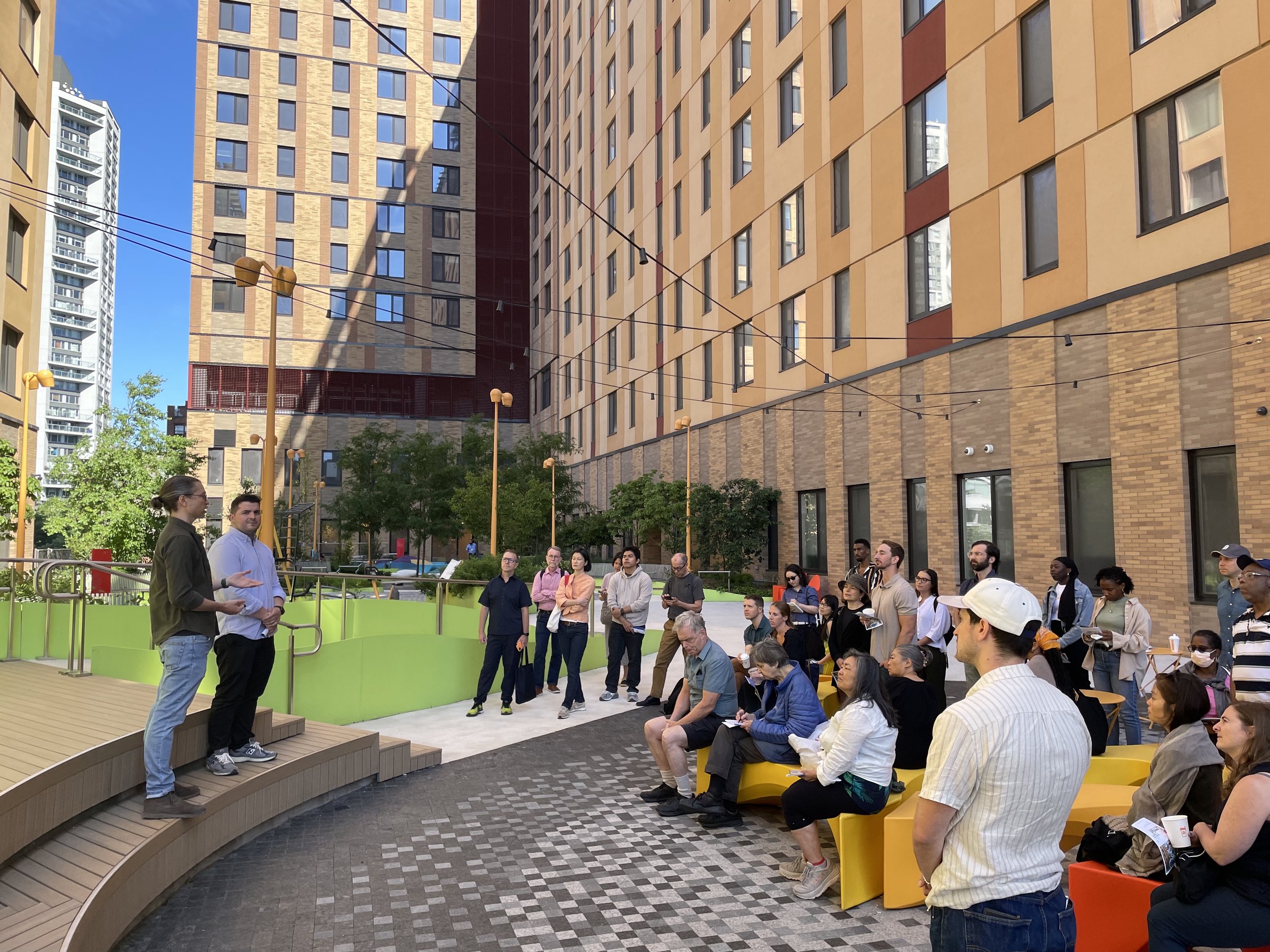
Explore sustainability
in NYC with us
What we do
GreenHomeNYC's mission is to promote an energy efficient and sustainable built environment and to support green professional development in NYC. We provide sustainability information to the general public and technical education to advance sustainability careers through a diverse array of programming, events, peer-to-peer mentoring and networking opportunities.
Get involved
Join us and connect with a vibrant community of sustainability professionals. Don't miss out on opportunities to learn, grow and be inspired by the people shaping the future of green buildings and sustainable cities.
Our Programs
-
Green Careers
Join a growing network of change makers and unlock new opportunities in the sustainable economy whether you’re starting out or looking to pivot.
-
Monthly Forums
Find out how green buildings are transforming NYC and get inspired by the industry experts who are leading the charge toward a more sustainable future.
-
Green Building Tours
See cutting-edge energy-efficient design, sustainable building methods and the challenges and triumphs that come with creating environmentally conscious spaces.


